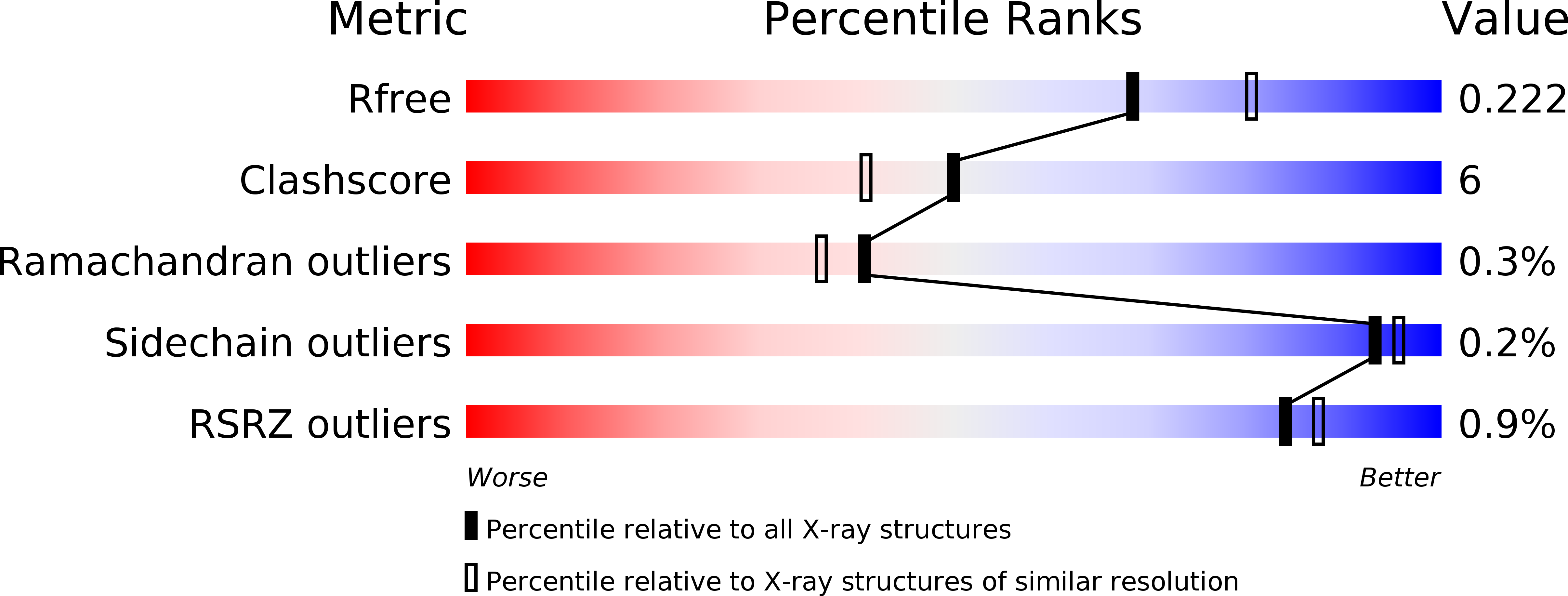
Deposition Date
2020-07-30
Release Date
2020-09-16
Last Version Date
2024-01-31
Entry Detail
PDB ID:
6ZY0
Keywords:
Title:
Catabolic reductive dehalogenase NpRdhA, N-terminally tagged, K488Q variant
Biological Source:
Source Organism:
Nitratireductor pacificus pht-3B (Taxon ID: 391937)
Host Organism:
Method Details:
Experimental Method:
Resolution:
2.13 Å
R-Value Free:
0.22
R-Value Work:
0.18
R-Value Observed:
0.18
Space Group:
C 1 2 1


